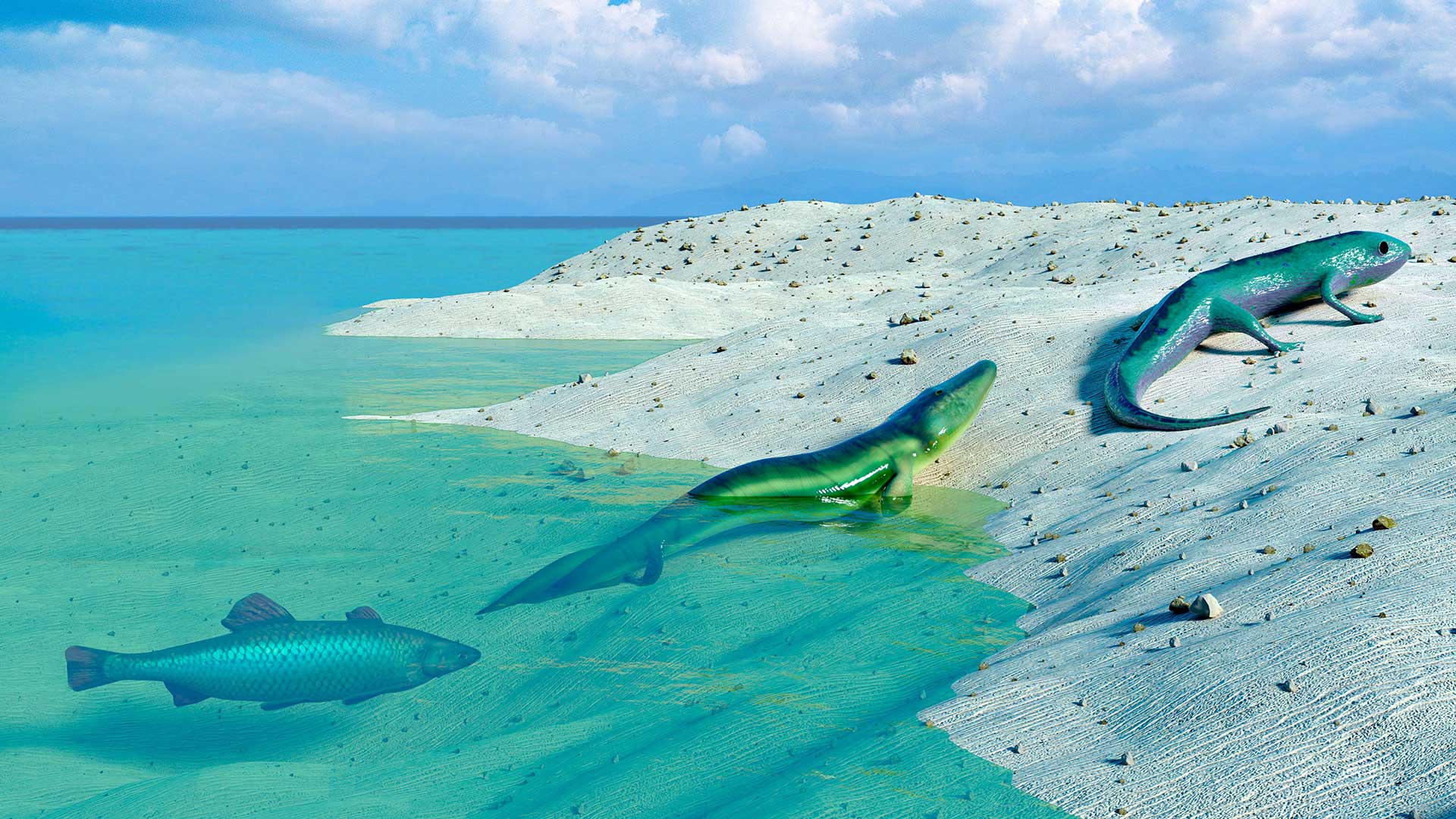Test your science knowledge
Cold Spring Harbor Laboratory (CSHL) has hosted some of the world’s most groundbreaking research in evolutionary biology. In March 2023, CSHL is also hosting two performances of Isabella Rossellini’s Darwin’s Smile. Inspired by the father of evolution, this provocative one-woman show explores the intersection of art and science. In anticipation of the event, test your evolutionary knowledge with this quick and fun quiz.
Described as a “book of life,” what is the name of the monumental research effort that sequenced about 92% of all human DNA, bringing scientists closer to deciphering our evolutionary history?
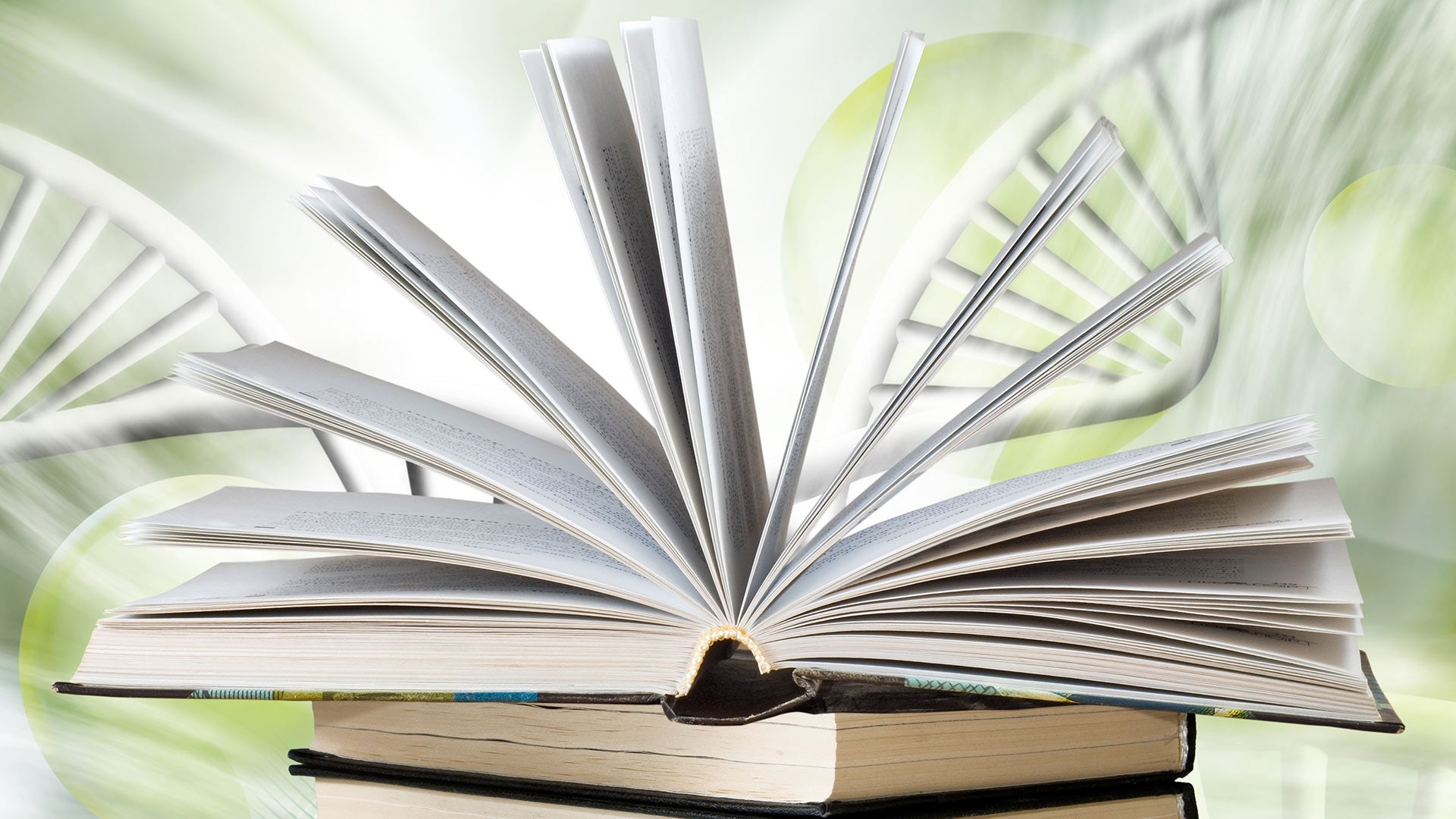 Image: ©cooperr - stock.adobe.com
Image: ©cooperr - stock.adobe.com
Completed in 2003 by an international consortium of research institutions, including CSHL, the Human Genome Project (HGP) laid the foundations for modern genetics and genomics research. The Project’s legacy includes breakthroughs across a wide range of research fields at CSHL, including cancer and heart disease.
What type of bird did Charles Darwin observe and collect 12 different species of from the Galapagos Islands during his voyage aboard the HMS Beagle nearly 200 years ago?
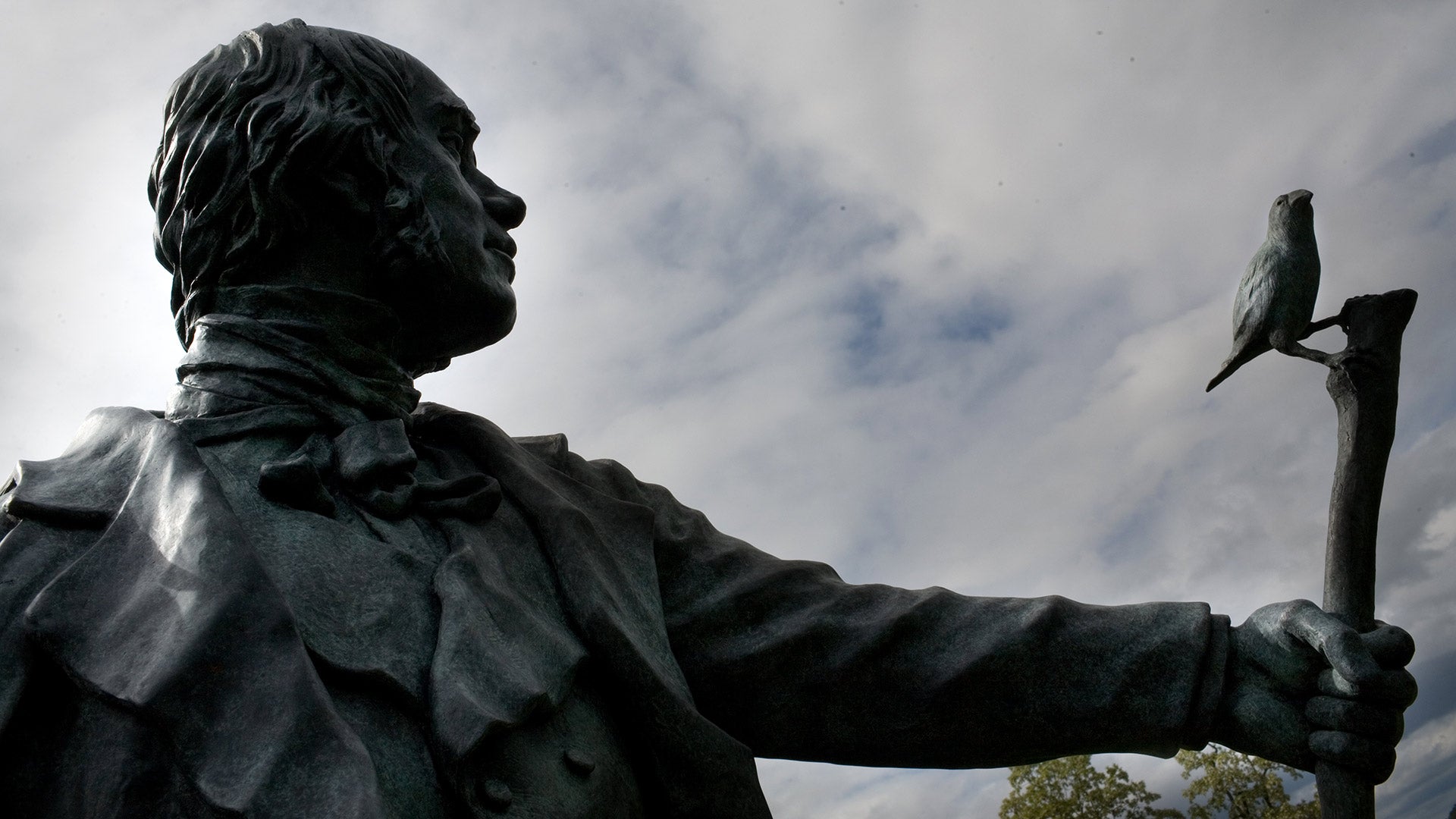
“Darwin’s Finches” are a group of 18 species of tanager, a distant relative of true finches. CSHL Professor Adam Siepel explored how a South American cousin of Darwin’s Finches called the capuchino seedeater split into several different species. He discovered how selective sweeps—a genetic process in which naturally occurring variation becomes favored by natural selection—lead to the emergence of new species.
Which ancient relative of modern humans is the source of as much as 1% to 2% of our genome?
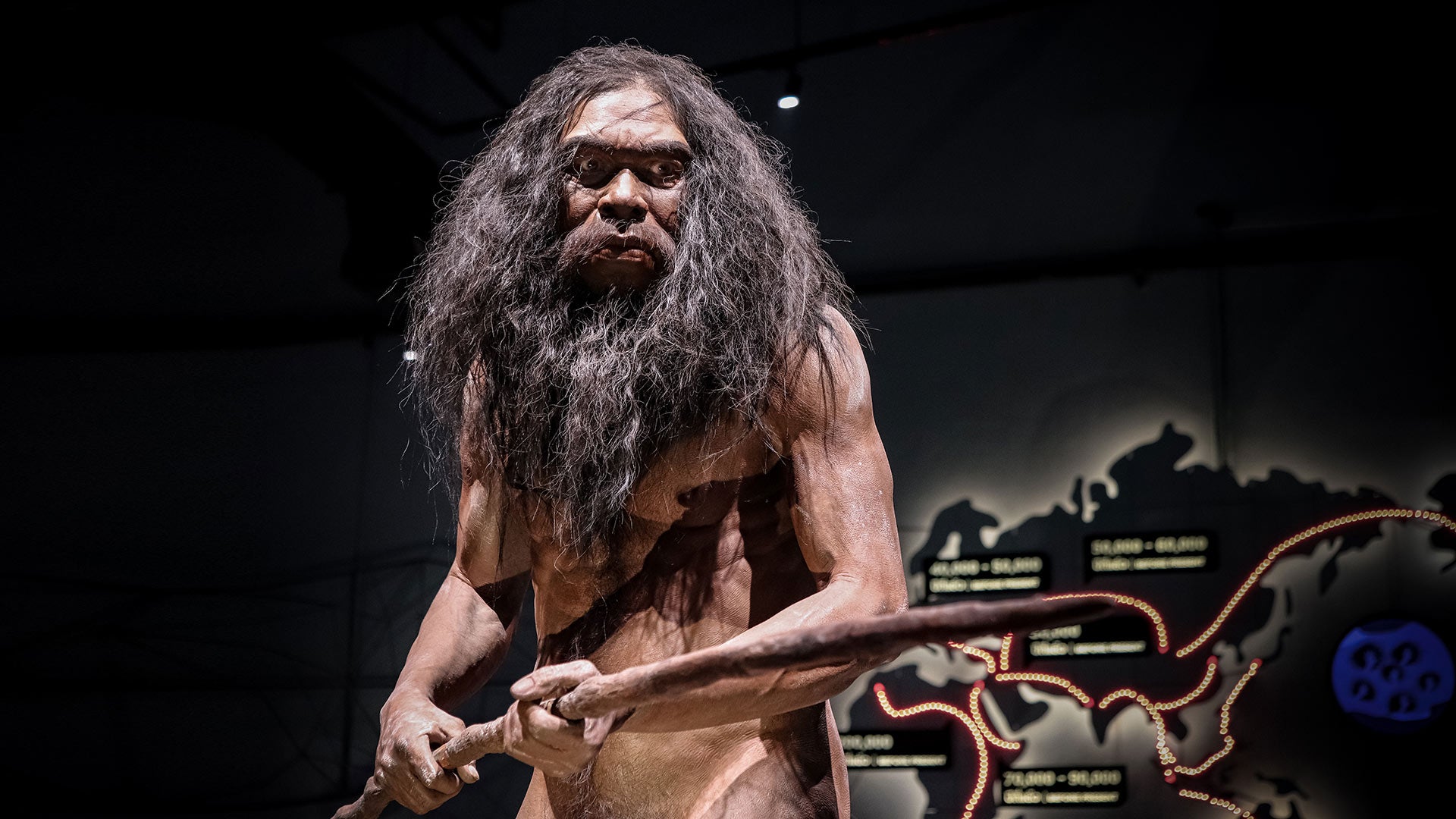 ©Akkharat J. - stock.adobe.com
©Akkharat J. - stock.adobe.com
The Neanderthal genome was first sequenced in 2010 by Nobel laureate and CSHL collaborator Svante Pääbo, revealing genetic connections between modern humans and their prehistoric cousins. Now scientists like CSHL Research Professor Alexander Krasnitz are working to reveal the genetic ancestry of severe diseases like cancer, which may lead to better treatment options.
Speeding up the agricultural evolution of lesser-known crops with genome editing could help bolster food supplies in the wake of worsening climate change. What are the semi-domesticated or wild plants scientists are hoping to help bring to market often called?
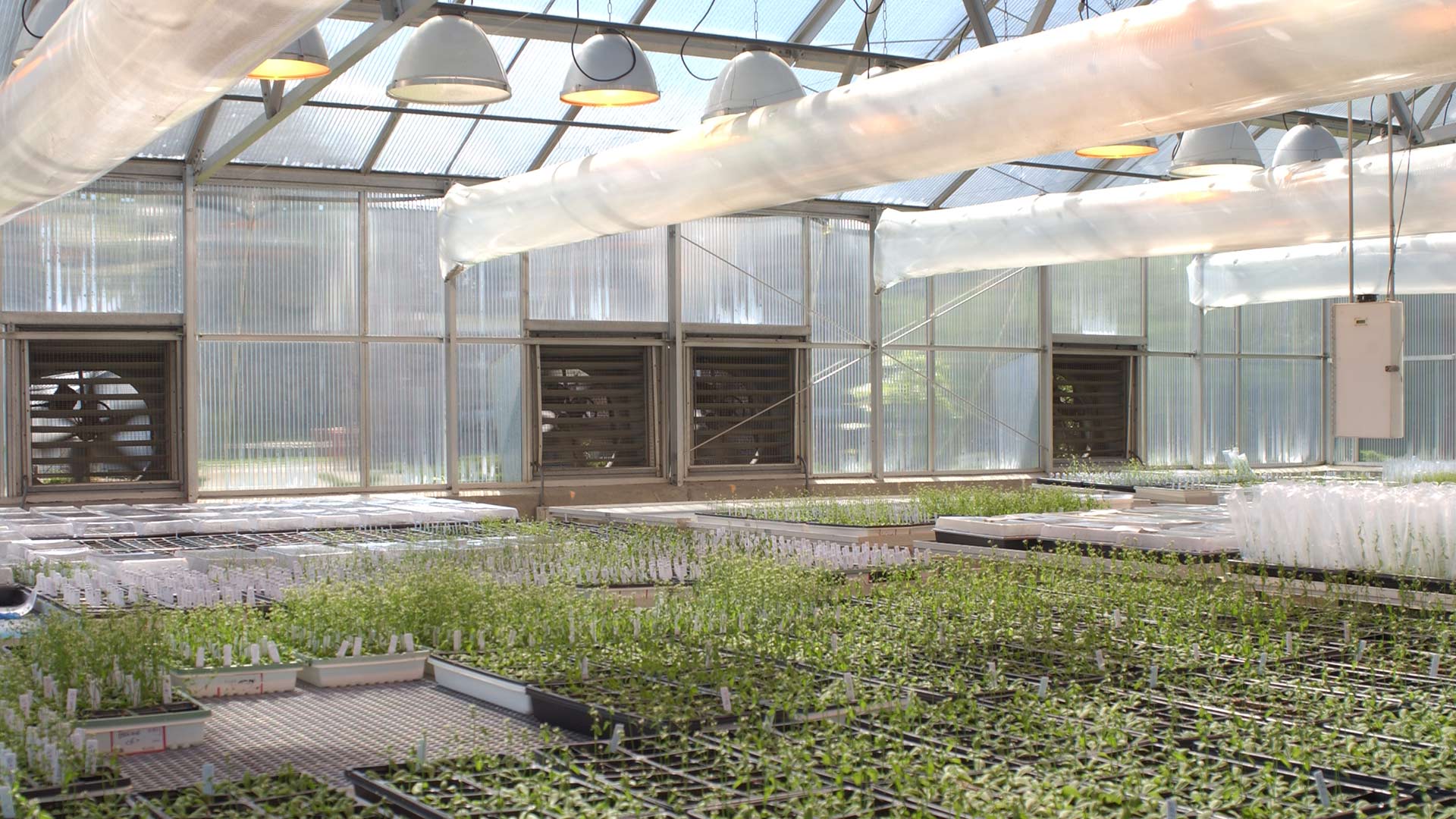
Some orphan crops are already suited to hot or dry conditions that may result from climate change. Several former orphan crops, like quinoa and goldenberry, are now found in supermarkets around the world. CSHL Professor and HHMI Investigator Zachary Lippman is working to better understand the evolution of others like groundcherry.
What is a major driving force of evolution, leading to modern traits like blue eyes in humans and antibiotic resistance in tuberculosis?
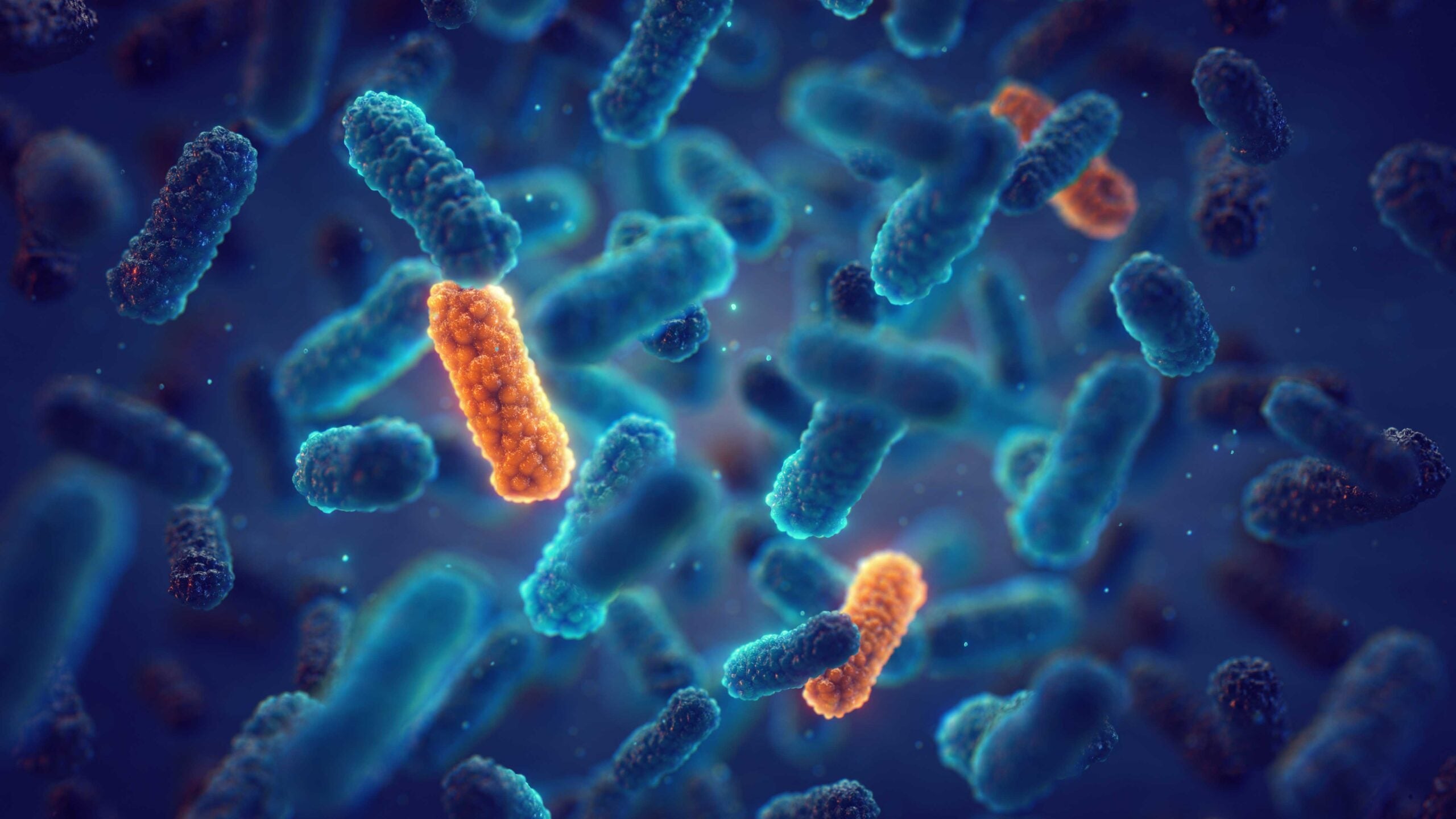
Antibiotic resistance is one of the greatest medical challenges facing humanity. CSHL Associate Professor David McCandlish has found that this dangerous evolution is not completely random, as some parts of pathogen genomes are more susceptible to mutation. Predicting which mutations are more likely to occur in pathogens may lead to better drugs and treatments for them.
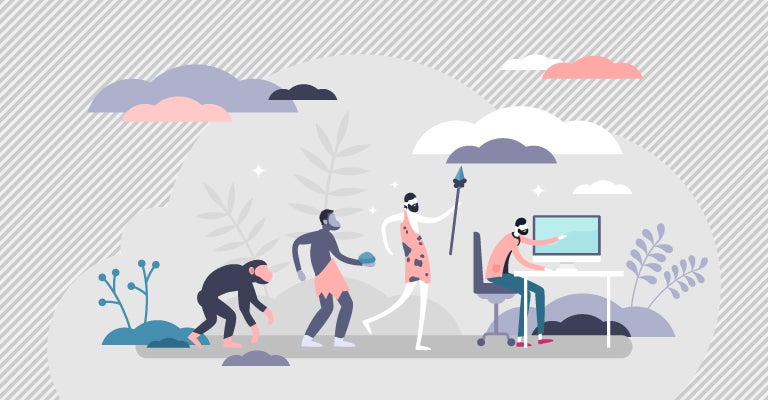
Share your Results:
